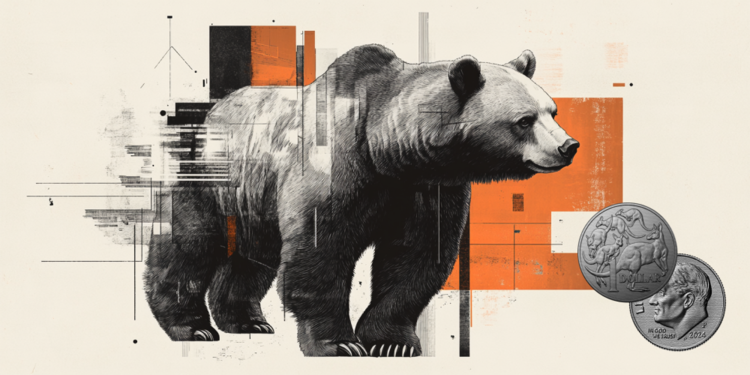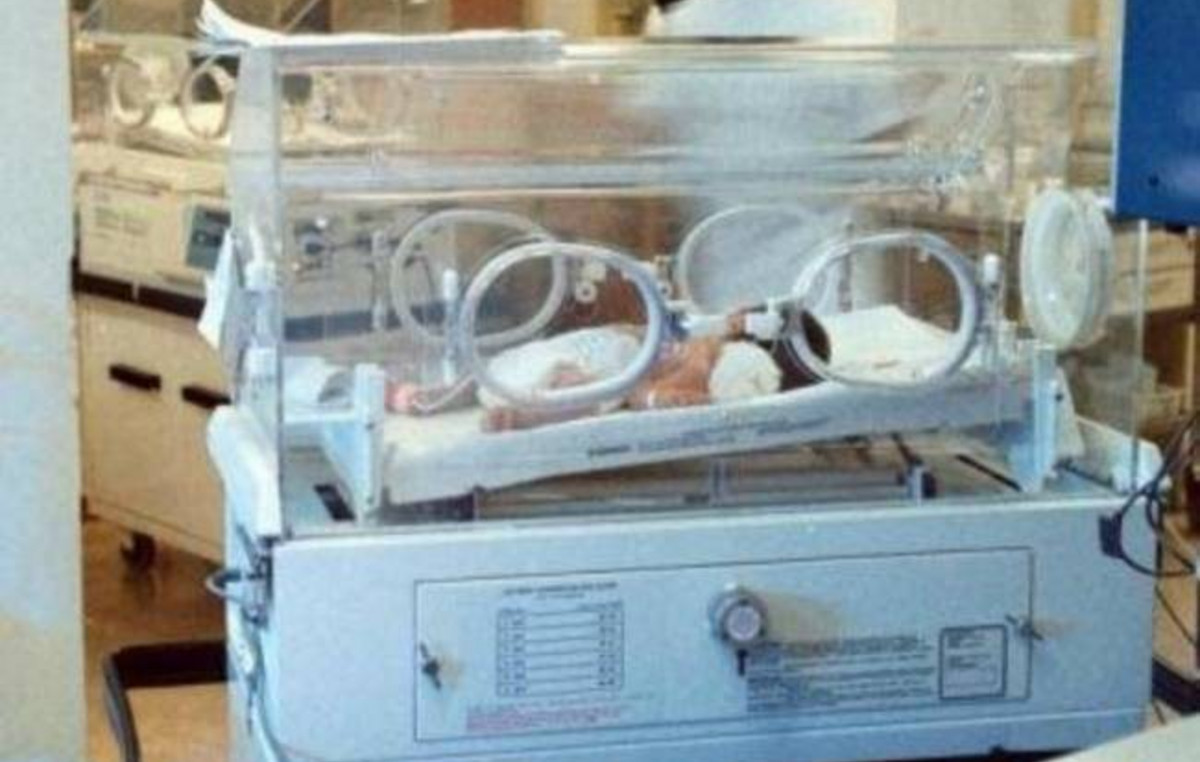Heinz has been linked to the number 57 for over a century. The company’s “57 varieties” slogan was a key part of its initial strategy to attract consumers. It is still featured on Heinz ketchup bottles today and is central to the brand’s identity.
But this famous number is completely made up.
There weren’t 57 Heinz varieties when Pittsburgh business magnate HJ Heinz first coined the slogan in 1896. Not even when Heinz 57 sauce was introduced soon after. There are no 57 now. There are, in fact, hundreds of Heinz varieties.
The 57 in a bottle of Heinz is more than just the right spot to hit to get your ketchup running at 0.045 miles per hour. That number has stuck for 126 years because it reinforces Heinz as a nostalgic and distinctly American food brand — the condiment Americans put on their hot dog at a baseball game or on a hamburger at a summer barbecue, say marketing experts. .
In the early 1890s, HJ Heinz, once described by a biographer as a “marketing genius”, sold bottled horseradish, pickles, chili sauce, ketchup – introduced by the company in 1876, spelled “catsup” and soon changed to “ketchup” to distinguish the product — among about 60 foods.
Pickles were Heinz’s biggest hit at the time, and he became known as the “King of Pickles”.
Visiting New York City in 1896, Heinz saw an advertisement for “21 Styles” of shoes. He found it memorable and thought attaching a number to his own brand would help build customer loyalty.
There are several theories as to why he landed in ’57.
Ashleigh Gibson, director of branding at Heinz, said in an email that the company’s founder felt there was something “mystical, magical and memorable” about the number 57, which was a combination of five, his lucky number, and seven, his lucky number. your wife’s lucky number.
But Heinz’s personal secretary, who wrote an early biography of his boss, said that when Heinz was counting the number of varieties the company sold in 1896, the number seven jumped out to him.
“Seven, seven – there are so many illustrations of this figure’s psychological influences and its seductive significance for people of all ages and races,” said Heinz, according to the biography. “58 Varieties or 59 Varieties didn’t appeal to me at all because they are equally strong.”
A week after seeing the ad for the shoe, the slogan “57 varieties” was appearing in newspapers and billboards, Heinz wrote in his diary. The company carved 57 into the slopes for train passengers to see, and “57 Good Things For The Table” was featured on the first electric billboard in New York City in 1900.
The plaque was six stories tall, had 1,200 fluorescent lights and included a 43-inch-long Heinz pickle, according to the Henry Ford Museum of American Innovation.
“I myself didn’t realize how successful a slogan would be,” said Heinz.
“Lucky charm”
Today, “57 varieties” are placed on the label of Heinz’s octagonal glass tomato ketchup bottles. In the center, “57 Varieties” is printed in small gold letters above a tomato vine hanging from the keystone-shaped tag modeled after Heinz’s home state. 57 is also featured in Heinz’s bean, mustard, mayonnaise and tomato cream soup.
The slogan is used as a branding device to convey a “feeling of timelessness and authenticity” to consumers, Kelly Haws, a marketing professor who studies consumer food choices at Vanderbilt University, said via email.
Gibson said the slogan has become “a brand asset”, similar to the company’s logo, cornerstone and glass bottle design, reminding consumers of Heinz’s history.
Heinz and its association with 57 also served as minor footnotes in US history.
When Joe DiMaggio’s record-breaking streak ended at 56 games in 1941, the Yankees star reportedly told a teammate that he lost the $10,000 promised to him by Heinz if he matched his label.
According to “Demagogue,” a 2020 biography of Senator Joe McCarthy, McCarthy once told a reporter “probably in jest” that when he claimed to have a list of 57 names of Communists working at the State Department, he presented the number of a bottle of Heinz ketchup. It is even a turning point in the 1962 film “The Manchurian Candidate”.
Then there’s the Heinz 57 sauce for steak, chicken and pork, which was celebrated by Jimmy Buffet’s “Cheeseburger in Paradise”: “I like mine with lettuce and tomato, Heinz 57 and fries.”
Noel Geoffrey, who led Heinz’s ketchup division from 2008 to 2011, said 57 was “like a good luck charm” at the company. The telephone number for the call center at its former headquarters – the Heinz 57 Center – was, of course, 57. In 2001, the company paid the Pittsburgh Steelers $57 million over 20 years for the naming rights to the stadium.
“It was everywhere,” Geoffrey said, “and it was part of the company’s DNA.”
Innovation in food marketing
It may seem trite today, but the idea of “57 varieties” was a significant innovation in food marketing at the time. In the late 19th century, packaged and processed foods were a new concept for the public.
“The big change was trying to create a population that consumes prepackaged foods,” said Rita McGrath, a professor at Columbia Business School who has studied the rise of major food brands. “Before that, food was not commercialized.”
HJ Heinz also had to convince consumers that his products were safe in an age before food regulation. One way he tried to convey quality was to sell his products in glass jars so customers could see what was inside.
His choice of the word “variety” was another attempt to signal that Heinz had experience in a variety of products, suggesting to customers that they could trust the brand.
“Variety has always been something Americans love,” said Ken Albala, a food historian at the University of the Pacific. “They want choice. Even if they are flavors of the same thing.”
In the early 20th century, Heinz was the largest ketchup maker in the US. The brand accounted for about 70% of the ketchup market last year, according to Euromonitor data. Hunt’s, its closest competitor, had 8%.
“Family comfort”
The famous number stood for over a century of different advertising campaigns and Heinz packaging changes.
It has also outlived different corporate owners. In 2013, Warren Buffett’s Berkshire Hathaway (BRKA) and Brazilian private equity firm 3G Capital purchased HJ Heinz. Two years later, Kraft Foods and HJ Heinz merged and the company was renamed Kraft Heinz (KHC).
“There’s a comfort in the familiar,” McGrath said. “Once you have something like that that sticks, people are reluctant to change it because of the brand association.”
In 2009, Heinz changed the design of its ketchup label for the first time in over 60 years, replacing the Gherkin pickle that was under the words “tomato ketchup” with a tomato on the vine. Noel Geoffrey, who oversaw the redesign, said there was never any consideration of removing 57 from the label.
But Emily Ruby, curator at the Sen. John Heinz History Center in Pittsburgh and author of “57 Portions of the Heinz Table,” said she was surprised by the change because Heinz “has been so stuck with these symbols of the past.”
When Kraft and Heinz merged in 2015, there was fear in Pittsburgh of losing the connection between Heinz and the city. Kraft Heinz is co-headquartered in Pittsburgh and Chicago.
“There is a sense that the company is no longer tied to the history and the region,” she said. If Kraft Heinz dropped 57, “I think people would be very upset because they like the connection.”
Whenever Ruby gives local talks about HJ Heinz or the company’s history, she is always asked where the number came from. People even offer their own theories about its meaning.
“There’s still a lot of curiosity about it,” Ruby said.
Source: CNN Brasil
I am Sophia william, author of World Stock Market. I have a degree in journalism from the University of Missouri and I have worked as a reporter for several news websites. I have a passion for writing and informing people about the latest news and events happening in the world. I strive to be accurate and unbiased in my reporting, and I hope to provide readers with valuable information that they can use to make informed decisions.







